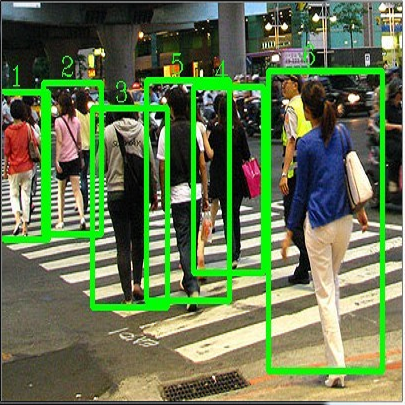Rotated object detection in aerial images is a meaningful yet challenging task as objects are densely arranged and have arbitrary orientations. The eight-parameter (coordinates of box vectors) methods in rotated object detection usually use ln-norm losses (L1 loss, L2 loss, and smooth L1 loss) as loss functions. As ln-norm losses are mainly based on non-scale-invariant Minkowski distance, using ln-norm losses will lead to inconsistency with the detection metric rotational Intersection-over-Union (IoU) and training instability. To address the problems, we use Mahalanobis distance to calculate loss between the predicted and the target box vertices' vectors, proposing a new loss function called Mahalanobis Distance Loss (MDL) for eight-parameter rotated object detection. As Mahalanobis distance is scale-invariant, MDL is more consistent with detection metric than ln-norm losses and more stable during training. To alleviate the problem of boundary discontinuity like all other eight-parameter methods, we further take the minimum loss value to make MDL continuous at boundary cases. We achieve state-of-art performance on DOTA-v1.0 with the proposed method MDL. Furthermore, with the comparative experiment of smooth L1 loss under the same condi-tion, we find that MDL performs better in rotated object detection.
翻译:在空中图像中旋转物体探测是一项有意义的但具有挑战性的任务,因为物体是密集地安排的,并且有任意的方向。在旋转的物体探测中,8个参数(箱矢量的坐标)方法(箱矢量的坐标)在旋转的物体探测中通常使用空气内损失(L1损失、L2损失和光滑的L1损失)作为损失功能。由于空气内损失主要基于非规模的不异性Minkowski距离,使用空气内损失将导致与探测指标的旋转式交界联盟(IoU)和培训不稳定性不一致。为了解决这些问题,我们使用马哈拉诺比距离计算预测的和目标箱的脊椎矢量之间的损失,我们用最小的物体距离计算损失值来计算预测与目标箱的矢量矢量矢量矢量的矢量矢量之间的损失,提出一个新的称为Mahalanobis距离损失(MDL)新的损失函数来进行八度旋转的物体探测。由于马哈诺比斯距离是规模的距离,使用大气内损测度,MDL在训练期间更稳定。为了像其他八度方法一样,我们用最低的物体损失值来计算,我们用MDL的同步的探测方法来进行更顺利的实验。



